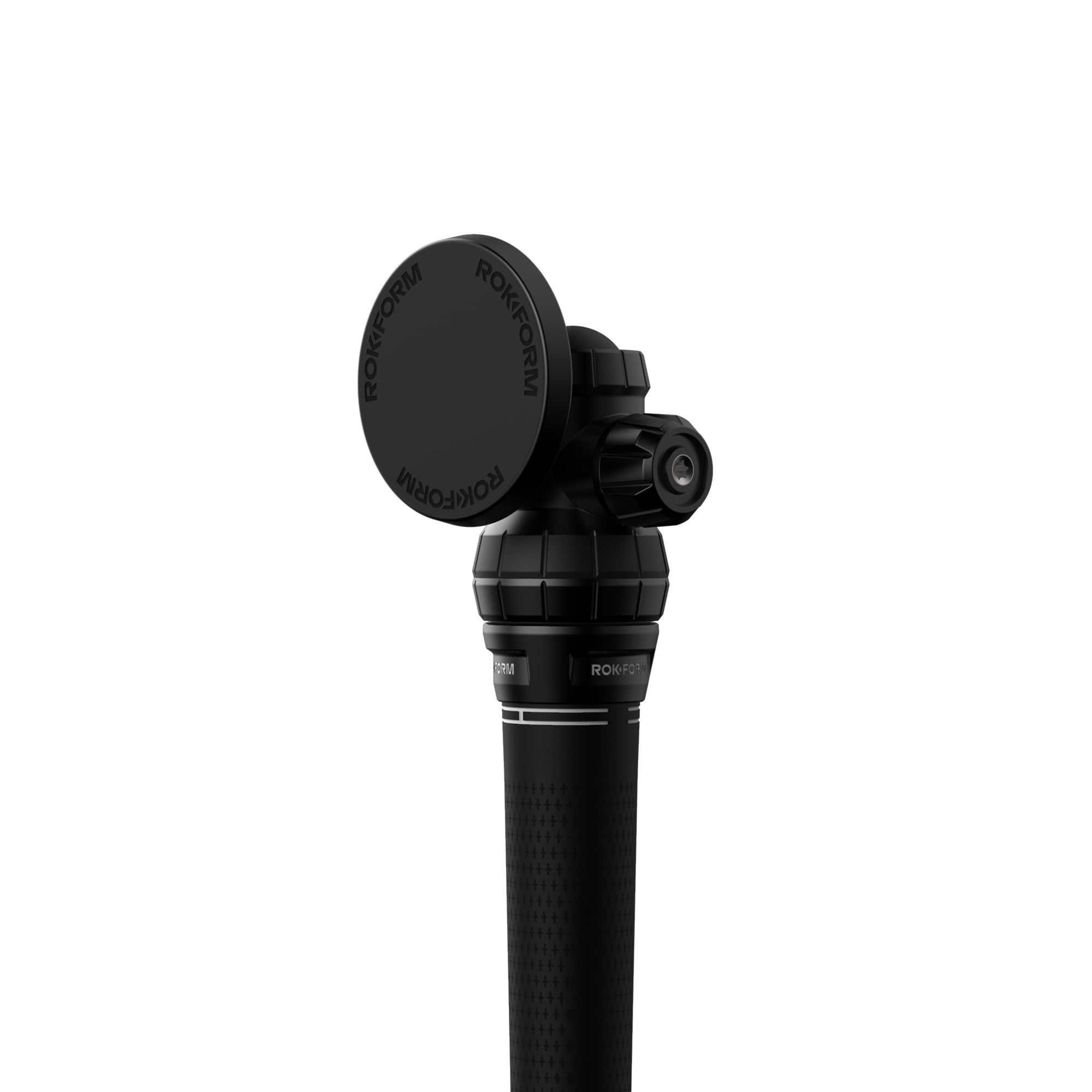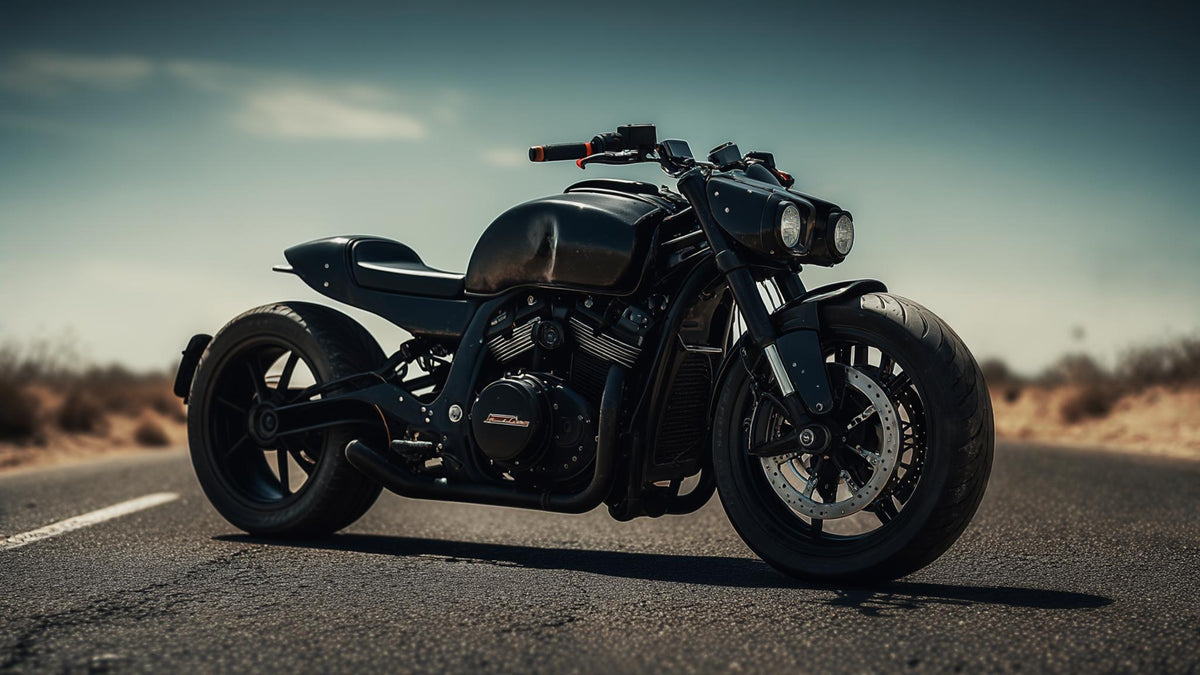While most riders obsess over helmets and jackets, something incredible has been happening with motorcycle boots. Manufacturers now make boots that can handle 214 to 337 pounds of crushing force to meet safety standards. That's like having a small car sitting on your foot without the boot failing.
I've been riding for over a decade, and I'll be honest - I used to think motorcycle shoes were just work boots with some padding slapped on. Man, was I wrong. The tech packed into modern boots would blow your mind.
Table of Contents
Why Your Boots Are Way Smarter Than You Think
The Real Reason Cheap Boots Will Let You Down
Boots That Handle Weather Better Than You Do
Smart Boots That Actually Talk to Your Bike
Why These Things Are Built Like Spaceships Now
TL;DR
Modern motorcycle boots work with how your body naturally moves, making you a better rider and keeping your feet from going numb
Crash protection isn't just armor anymore - these boots redirect impact forces and prevent the injuries that end riding careers
Weather adaptation tech creates perfect conditions inside your boots no matter what's happening outside
Smart boots can monitor your health and even communicate with your bike's computer systems
Construction methods now rival what they use to build aircraft, with materials that actually get tougher over time
Why Your Boots Are Way Smarter Than You Think
Here's something that'll blow your mind: your motorcycle boots are basically high-tech interfaces between you and your bike. They're designed to work with how your body naturally moves instead of fighting against it. This isn't just about protecting your feet - we're talking about gear that makes you a better rider through pure engineering genius.
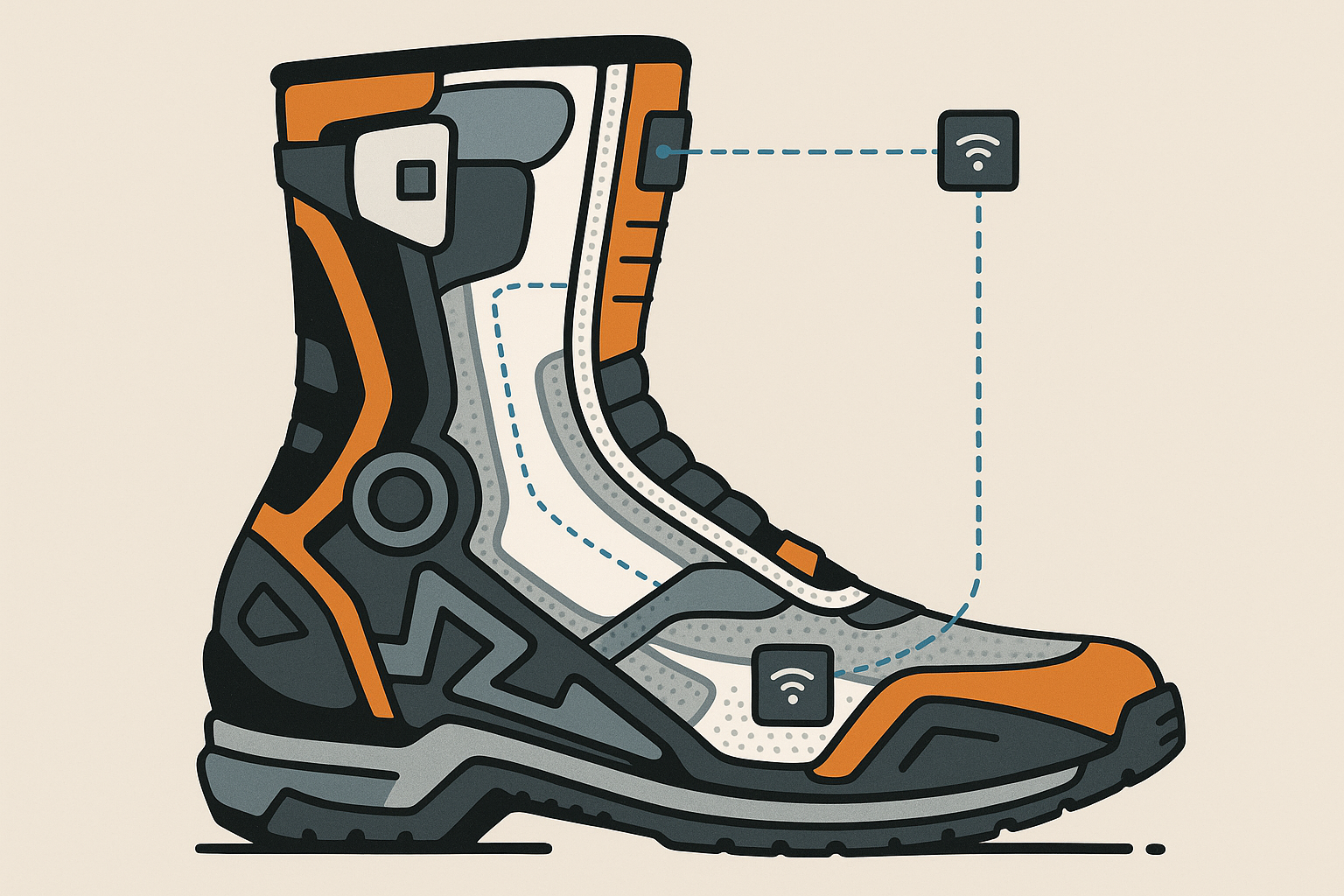
I used to think expensive motorcycle boots were just marketing hype. Then I learned how your feet actually connect to your riding, and everything clicked. Your boots are the foundation of everything that happens when you ride. Think of them like the tires on your bike - they're your only connection to the controls.
When I finally switched from my old work boots to properly engineered motorcycle boots, the difference hit me immediately. My feet stopped going numb on long rides, and I could actually feel what my bike was doing beneath me.
How Your Feet Talk to Your Brain (And Why It Matters)
Quality motorcycle boots keep just the right amount of feeling between your feet and the pegs. This lets your brain make those tiny adjustments that separate good riders from great ones. The right sole thickness means you can feel exactly what's happening without losing protection.
Think about it - when you're leaning into a corner, your feet are constantly making micro-adjustments based on what they feel through the pegs. Good boots preserve this feedback while keeping you safe. Cheap boots with thick, dead soles cut off this conversation entirely.
Why Some Riders Just "Get It" Faster
Here's a real example: Two riders take the same corner at 35 mph. Rider A wears sneakers with thick soles that block all feedback. Rider B wears engineered boots with precision-thin soles that preserve feeling while providing protection. Rider B can feel when the bike starts to lean, when weight shifts during braking, when traction changes - allowing for those tiny corrections that make cornering smooth instead of sketchy.
Your brain actually builds specific pathways for the feedback it gets from your boots. This explains why some boots feel "right" immediately while others never quite work, no matter how long you wear them.
The Pressure Point Problem Nobody Talks About
Good boots spread impact forces across your whole foot instead of creating pressure points that develop over thousands of miles. This isn't just about comfort - it's about staying sharp throughout long rides. When your feet hurt, your control and reaction times suffer.
I learned this during a brutal 600-mile mountain day. My old boots created pressure points that had me stopping every hour just to walk around. Modern boots with proper design eliminate this completely.
Materials That Actually Move With You
Here's where it gets cool - different parts of quality boots use different materials. Stiffer stuff where you need protection, flexible materials where you need movement. This targeted approach means your boots work with your body instead of against it.
The engineering is fascinating. These boots adapt to acceleration, braking, and cornering forces differently. It's like having gear that knows what you're doing and adjusts automatically.
Your Boots Have Their Own Weather System
Modern motorcycle boots create perfect conditions inside, regardless of what's happening outside. We're talking about active climate control that manages temperature, humidity, and air circulation through pure material science.
Recent testing by "Cortech Apex RR Waterproof motorcycle boots" at Rider Magazine showed boots keeping feet bone dry during "relentless downpours so heavy that riders considered pulling over on safety grounds." That's serious weather protection.
Temperature Control That Actually Works
Some high-end boots now use materials that absorb and release heat at specific temperatures. This creates a buffer against extreme swings, whether you're dealing with scorching asphalt in summer or freezing mountain passes in winter.
Engineered Airflow (Not Just Holes in the Leather)
Advanced boots don't just move sweat away - they create directed airflow channels that transport moisture to specific exit points. This keeps optimal humidity inside your boots no matter what's happening outside.
Your Brain Is Learning Your Boots (Whether You Know It or Not)
Different sole materials create distinct feedback patterns that your brain learns over time. This makes boot selection critical for developing advanced riding skills - your nervous system builds muscle memory based on what it feels through your specific boots.
GearJunkie's testing found that boots weighing between 1.54 to 4.2 pounds significantly impact rider feedback and control, with lighter options providing better feel than heavy motocross-style boots.
Boot Type |
Feel Level |
Best For |
Break-in Time |
|---|---|---|---|
Track/Sport |
Maximum feel |
Precision riding |
1-2 weeks |
Street/Touring |
Good balance |
Daily riding |
2-3 weeks |
Adventure |
Moderate feel |
Off-road/touring |
3-4 weeks |
Heavy Duty |
Minimal feel |
Maximum protection |
4-6 weeks |
The Real Reason Cheap Boots Will Let You Down
Modern motorcycle boots are basically energy management systems. They don't just protect during crashes - they actively redirect and control crash forces through advanced materials and engineering. This is a complete shift from just blocking impacts to actually managing the chaos of real accidents.
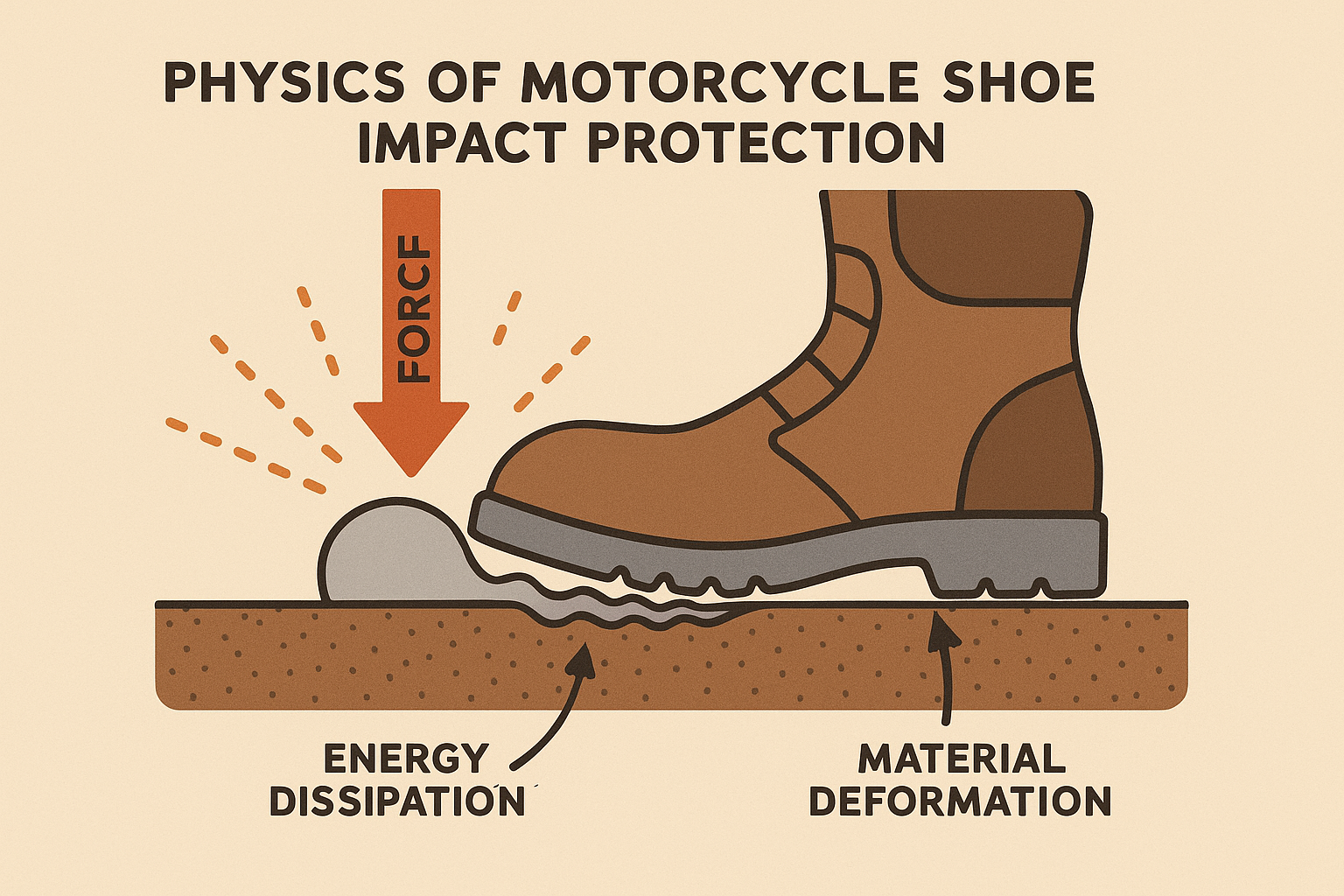
I've seen too many riders end up with foot and ankle injuries that proper boots would have prevented. Real crashes are brutal and chaotic. Your feet are incredibly vulnerable. Quality boots use advanced engineering to manage forces that basic footwear can't handle.
Protection That Works No Matter How You Crash
Unlike basic protective gear that only handles impacts from one direction, advanced boots protect against the complex, multi-directional forces of real crashes. Real accidents don't happen in controlled lab conditions - they're chaotic and violent.
Your boots need to protect against impacts from every angle, twisting forces, and the kind of energy chaos that happens when physics takes over.
Preventing the Injuries That End Careers
Here's the scary part - 73% of foot and ankle injuries happen from rotational forces when your foot gets trapped during a slide. Modern boots with anti-twist systems are engineered to release at specific force levels - typically around 150 foot-pounds of torque. This prevents your ankle from rotating beyond its natural range and avoids career-ending injuries.
Quality boots essentially sacrifice themselves in a calculated way to save your bones and joints.
When Destruction Saves Your Life
Advanced boots feature materials that deform in predictable stages during impact. This creates controlled energy absorption that protects your bones from sudden force spikes. It's like having crumple zones in your boots.
Controlled Sliding (When Grip Isn't What You Want)
The latest boots understand that sometimes the best protection comes from managing a slide rather than trying to stop it immediately. Different rubber compounds interact with road surfaces to optimize for controlled deceleration rather than sudden grip.
Why Sometimes You Want to Slide
Quality boots understand that sometimes you want to slide in a controlled manner rather than catch and tumble. The engineering takes this into account - preventing the sudden stops that cause secondary injuries during crashes.
Protection Level |
Slide Resistance |
Crush Protection |
Best For |
|---|---|---|---|
CE Level 1 |
1.5s (sole), 5s (sides) |
214+ lbs |
City riding |
CE Level 2 |
2.5s (sole), 12s (sides) |
337+ lbs |
Highway/touring |
Racing Spec |
4s+ (sole), 15s+ (sides) |
500+ lbs |
Track days |
Off-road |
3s (sole), 20s+ (sides) |
400+ lbs |
Adventure riding |
Boots That Handle Weather Better Than You Do
Modern motorcycle boots are like having personal climate control for your feet. They continuously respond to changing conditions, creating optimal protection and comfort regardless of what Mother Nature throws at you.
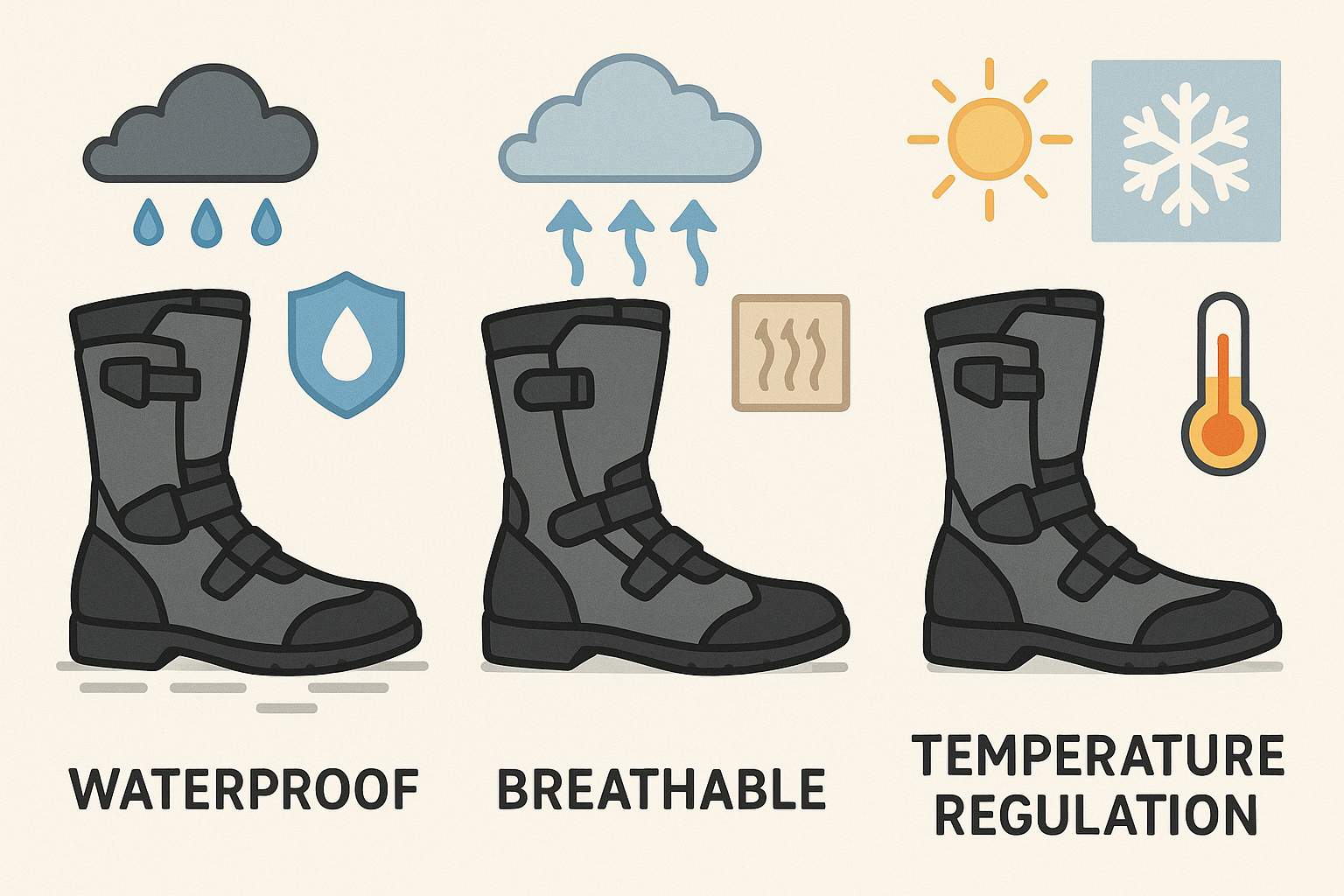
I've ridden through everything from desert heat to mountain snow, and having boots that actually adapt to conditions makes a huge difference. This tech would have seemed impossible just a few years ago.
Perfect Conditions Inside Your Boots
Advanced boots create and maintain optimal conditions around your feet using sophisticated materials that respond to external conditions while keeping internal comfort constant. These boots essentially create their own weather system inside, regardless of what's happening outside.
The engineering is incredible. Temperature regulation, humidity control, air circulation - it's all managed automatically by the materials themselves.
Mountain Riding Performance
Some premium boots now feature materials that adjust breathability based on altitude and atmospheric pressure changes. This maintains consistent comfort during mountain rides where regular footwear might become uncomfortable due to pressure differences.
Chemical Warfare for Your Feet
Modern roads are covered with nasty chemicals - de-icing salts, fuel additives, cleaning solvents. Your boots encounter all of this and more. Quality footwear is engineered to resist these chemicals at the molecular level.
Road chemicals can degrade both your health and your gear over time. Advanced boots provide protection against substances that regular footwear can't handle.
Molecular-Level Protection That Actually Works
Advanced membranes create barriers that block harmful chemicals while allowing beneficial moisture transport. This protects both your feet and the boot materials themselves from degradation.
Self-Cleaning Boots (Yes, Really)
Some boots now feature self-cleaning properties that break down accumulated road chemicals through reactions triggered by UV exposure. These help maintain the boots' protective properties and appearance over time without special maintenance.
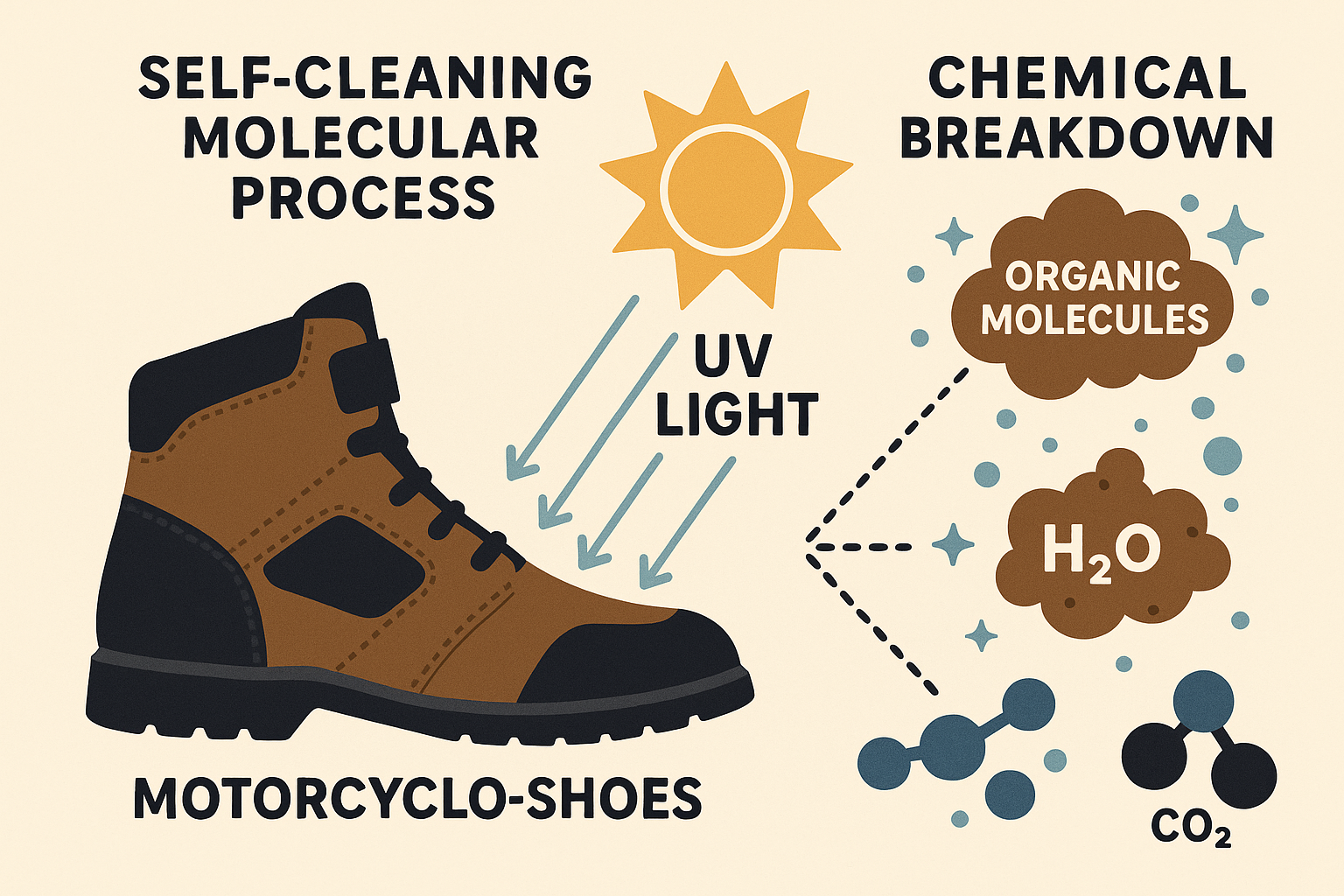
According to "urban motorcycle boots" testing by Motorcycle News, riders who spend significant time off the bike benefit from boots that "look and feel just like trainers" while maintaining CE ratings, with some urban boots achieving Level 2 protection despite their casual appearance.
Smart Boots That Actually Talk to Your Bike
The cutting edge involves boots that monitor performance, track wear patterns, and even communicate with your bike's computer systems to enhance safety and performance. This digital integration represents the next evolution in protective gear.
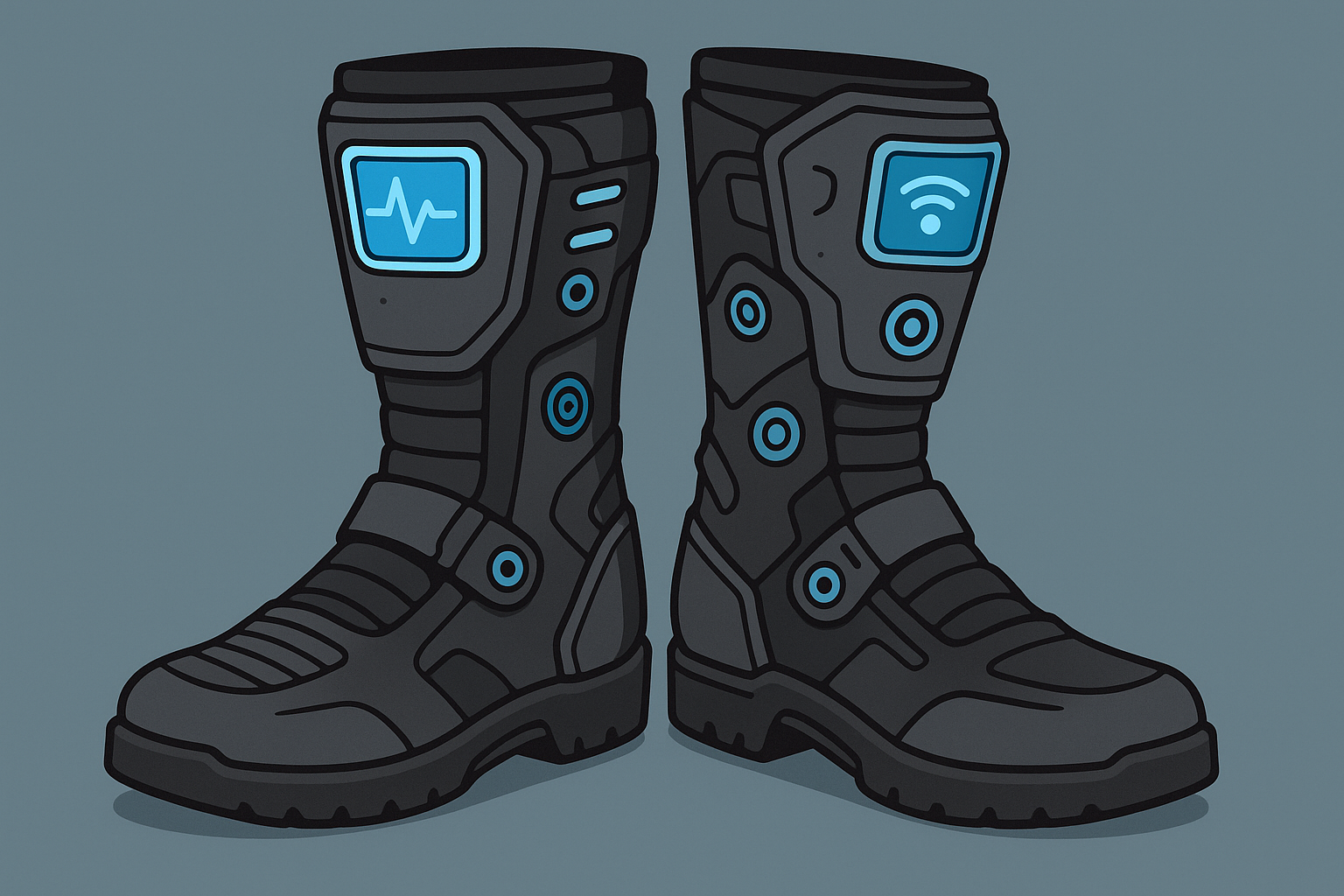
When I first heard about smart boots, I thought it was gimmicky nonsense. Then I tried a pair that monitored my foot pressure and circulation. The data completely changed how I approach long-distance riding.
Your Boots Are Monitoring Your Health
Advanced boots can now monitor everything from foot pressure distribution to circulation patterns, providing data that improves both comfort and safety over time. Your footwear becomes a health and performance tracking system that works seamlessly with your riding.
Predicting Problems Before They Happen
Smart boots analyze your foot pressure patterns and movement to predict when fatigue might compromise your riding ability. They suggest rest stops before problems develop using machine learning to understand your personal patterns.
Walking Analysis for Better Riding
Integrated sensors detect changes in how you walk when off the bike, identifying potential injuries or issues that could affect your riding performance. This helps you address problems before they impact your safety on the road.
Blood Flow Monitoring That Matters
Advanced boots monitor blood flow and alert you to circulation issues that might compromise feeling during long rides. These alerts help prevent the numbness and reduced control that can develop during extended riding sessions.
Here's a real example: A long-distance rider gets an alert after 2.5 hours indicating decreased circulation in their left foot. The boot detected a 15% reduction in blood flow and recommends a 10-minute walking break. This prevents the numbness that could compromise clutch control during the remaining 4 hours of the ride.
Boots That Talk to Your Bike
Future boots include communication protocols that let them interface with bike systems, helmet displays, and smartphone apps to create integrated safety systems. This connectivity enables integration between rider and machine that was previously impossible.
Real-Time Traction Data
Some boots can now communicate with bike traction control systems, providing real-time data about foot position and pressure that enhances electronic stability systems. This creates a feedback loop between your body position and your bike's safety systems.
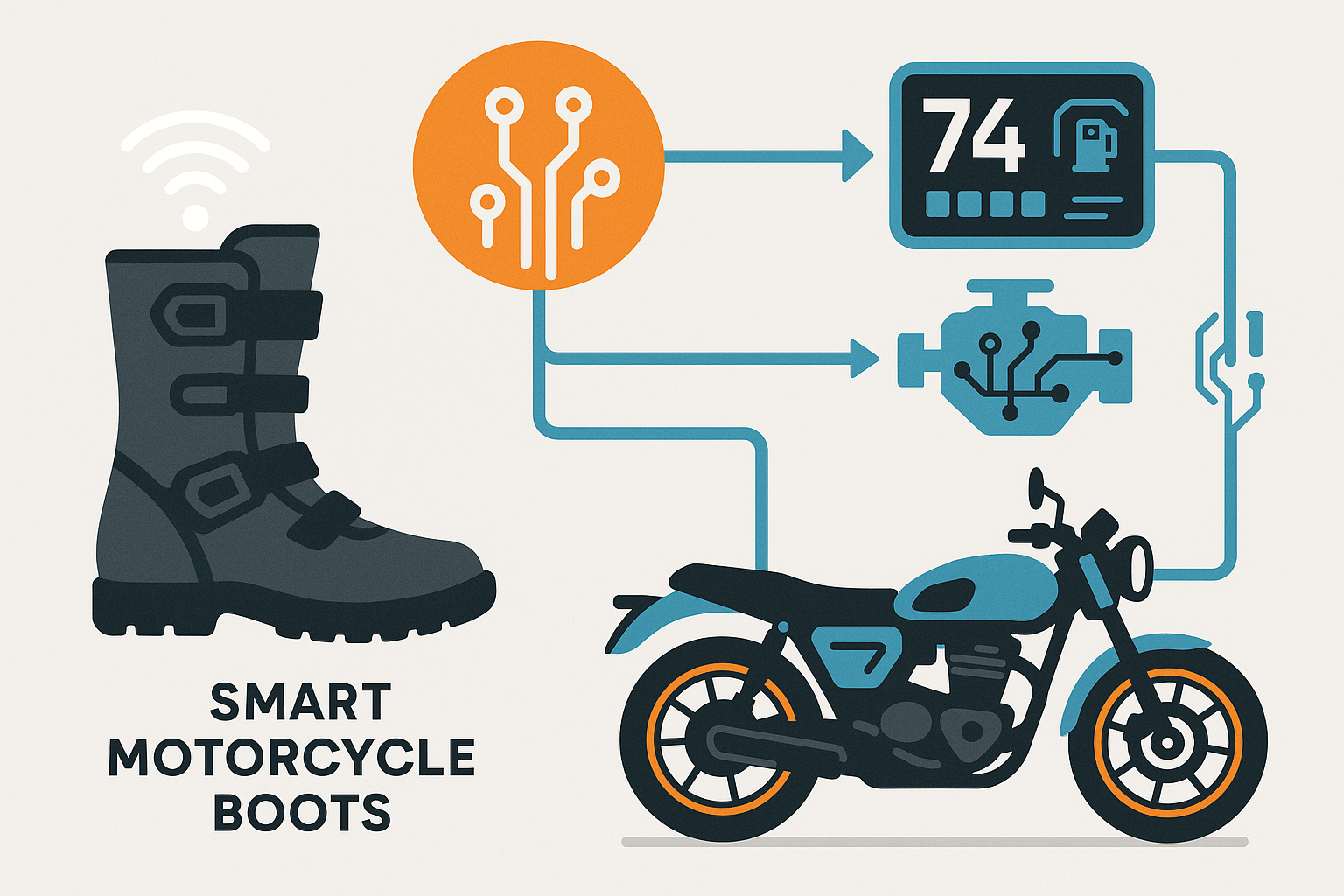
Why These Things Are Built Like Spaceships Now
The construction of motorcycle boots involves sophisticated materials and manufacturing processes that rival aerospace engineering in complexity and precision. Understanding this helps explain why quality boots cost what they do and perform so much better.
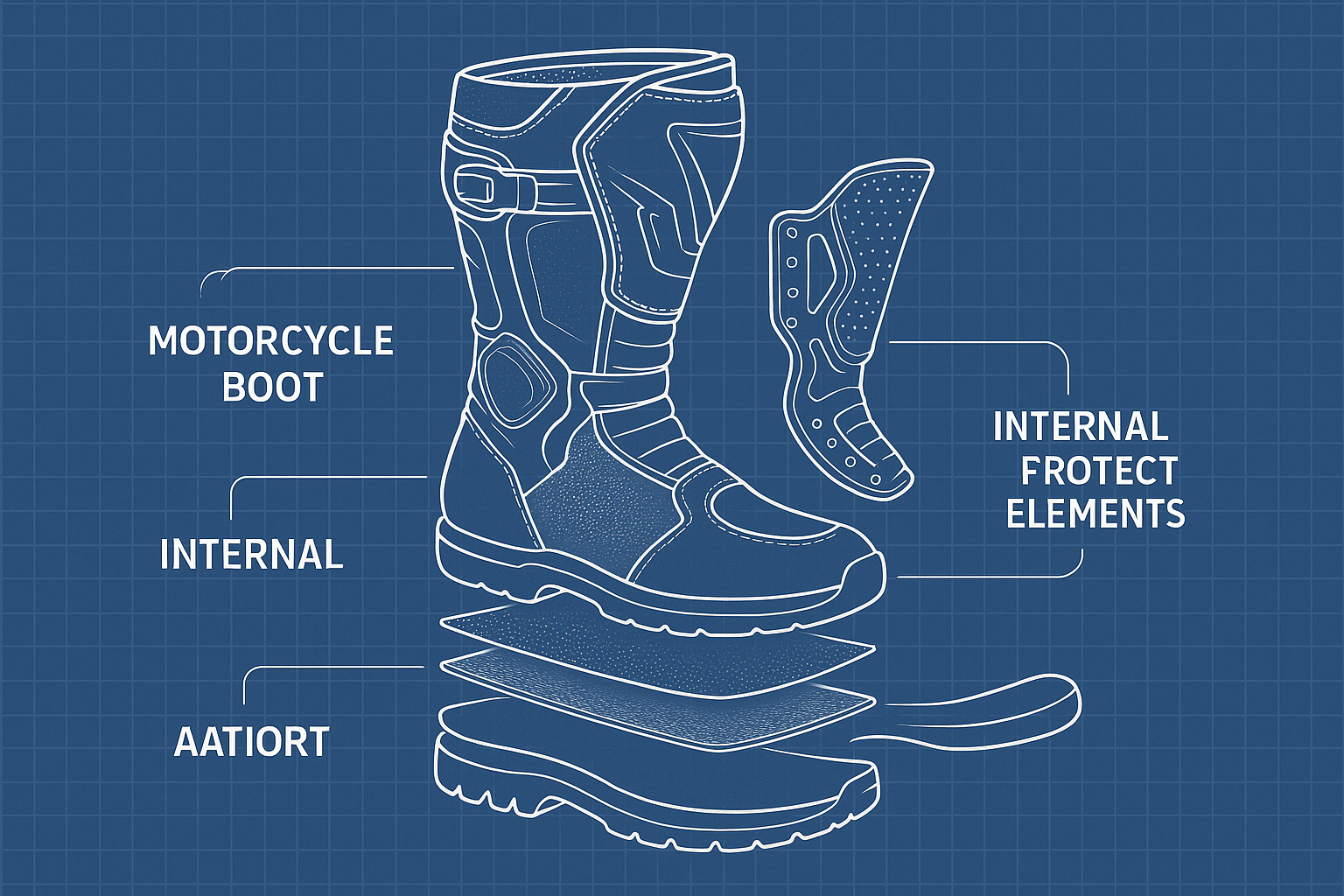
I've torn apart old boots to see how they're built, and the difference between budget and premium construction is staggering. We're talking about manufacturing tolerances and materials that would impress NASA engineers.
Old School vs. New School Manufacturing
Understanding the difference between traditional boot-making adapted for motorcycles and modern injection-molding helps explain why some boots cost significantly more while delivering superior performance. These represent fundamentally different approaches to how protective footwear should be constructed.
Why Expensive Boots Are Actually Cheaper
Traditional Goodyear welted boots can be resoled multiple times, making them more economical over decades despite higher initial costs. This construction creates a mechanical bond that allows the boot to be completely rebuilt when the sole wears out - essentially giving you multiple pairs for the price of one.
Seamless Protection Through Modern Manufacturing
Modern injection molding allows seamless integration of protective elements directly into the sole structure, eliminating weak points where traditional stitching might fail. This creates a monolithic protective shell that can't separate under extreme stress.
The Leather Science You Never Knew Existed
Different leather treatments create vastly different performance characteristics. Oil-tanned leathers improve with age while chrome-tanned options resist water but may crack over time. Understanding these differences helps explain why some boots get better with use while others deteriorate.
Leather That Gets Stronger Over Time
Full-grain leather boots actually become more protective over time as the fibers compress and interlock, creating a custom-fitted protective shell. This aging process creates a personalized fit that can't be replicated through manufacturing alone.
When Fake Leather Beats Real Leather
Modern synthetic leathers can outperform natural leather in specific conditions like wet weather and chemical resistance, but follow different wear patterns that require different care. These materials excel where natural leather struggles but may not develop the same custom fit.
The Best of Both Worlds
Boots combining leather and synthetic materials place each material where its properties provide maximum benefit - leather for abrasion resistance, synthetics for flexibility. This hybrid approach optimizes performance by using each material's strengths while minimizing weaknesses.
What to Look For in Quality Boot Construction:
Goodyear welt construction for resolability
Full-grain leather in high-wear areas
Synthetic materials in flex zones
Seamless protective shell integration
Replaceable wear components (toe sliders, heel guards)
Mechanical fastening systems over adhesive-only bonds
Progressive deformation zones for crash protection
Anatomically correct last for proper fit
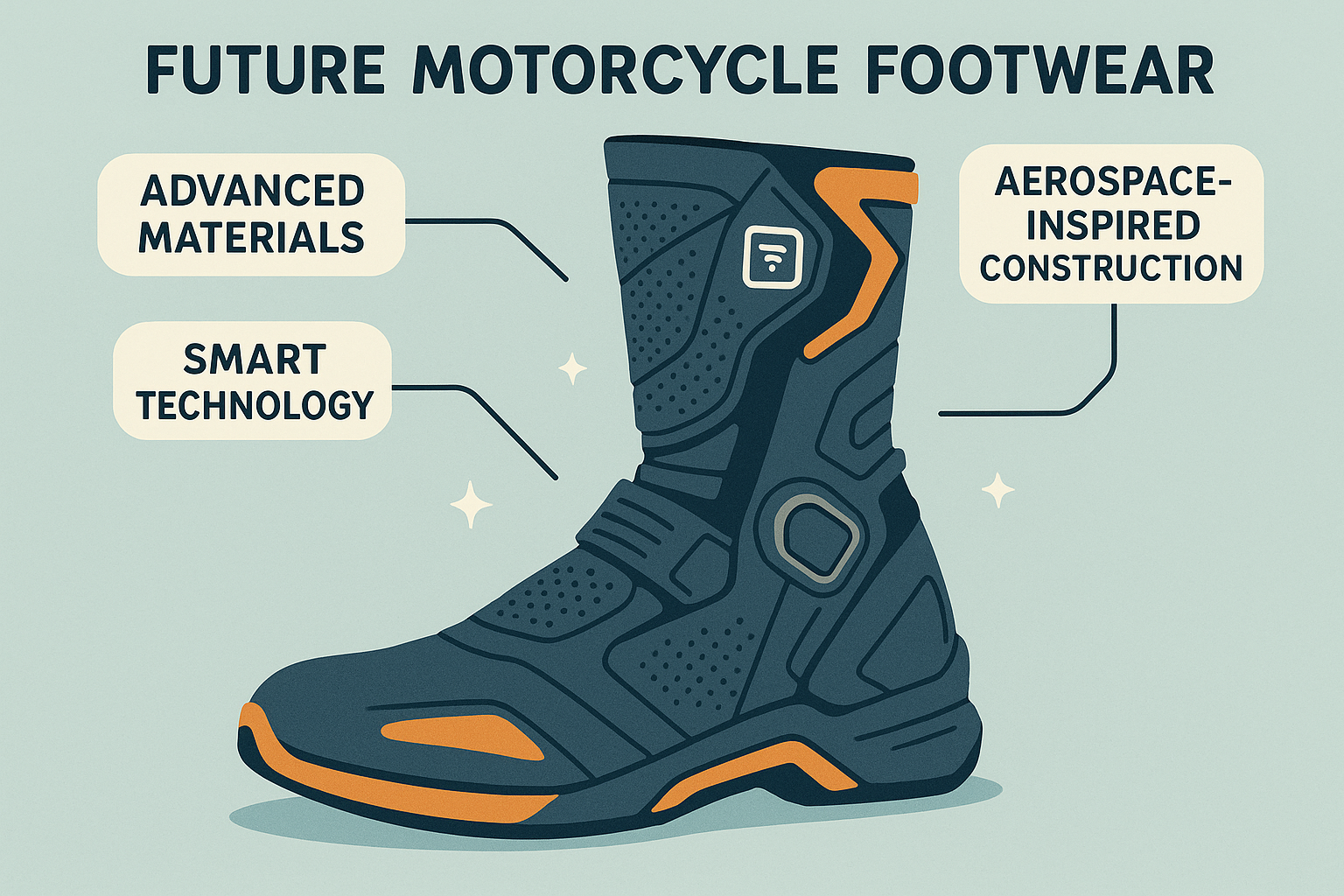
Bottom Line: Your Feet Deserve Better
Look, I spent years thinking motorcycle boots were just regular boots with some armor thrown in. Turns out I was completely wrong. The technology in modern boots rivals what you'd find in professional athletic gear or aerospace applications. We're talking about materials that adapt to temperature changes, soles that communicate with your bike's computer, and construction methods that make the boots stronger over time.
What really gets me is how this tech solves problems I didn't even know I had. That foot fatigue on long rides? There's engineered pressure distribution for that. Those times when my feet felt disconnected from the bike? Better feedback systems solve that. Even crash protection has been completely reimagined - these boots don't just block impacts anymore, they actively manage energy and prevent the rotational injuries that can end riding careers.
The smart boot stuff might sound futuristic, but it's happening right now. Boots that monitor your circulation, predict when you need a break, and talk to your bike's traction control. You can buy this stuff today if you know what to look for.
Here's what I wish someone had told me years ago: your connection to your bike starts with your feet. Every input, every bit of feedback, every micro-adjustment begins with how your feet interact with those pegs. When you understand that your boots are sophisticated interfaces between you and your machine, spending serious money on quality footwear makes perfect sense.
Trust me on this - try on some quality boots next time you're gear shopping and feel the difference. Your feet (and your riding) will thank you.
Just like how Rokform revolutionized motorcycle phone mounting by understanding that riders need seamless integration between their devices and riding experience, this evolution in footwear represents the same kind of game-changer. When your feet are properly supported through advanced boot technology, you can focus on navigation and route planning through your Rokform-mounted device, creating a complete setup that enhances both safety and performance. Ready to upgrade your ride's tech? Check out Rokform's motorcycle mounting solutions that integrate as seamlessly with your riding as these advanced boots integrate with your body.



